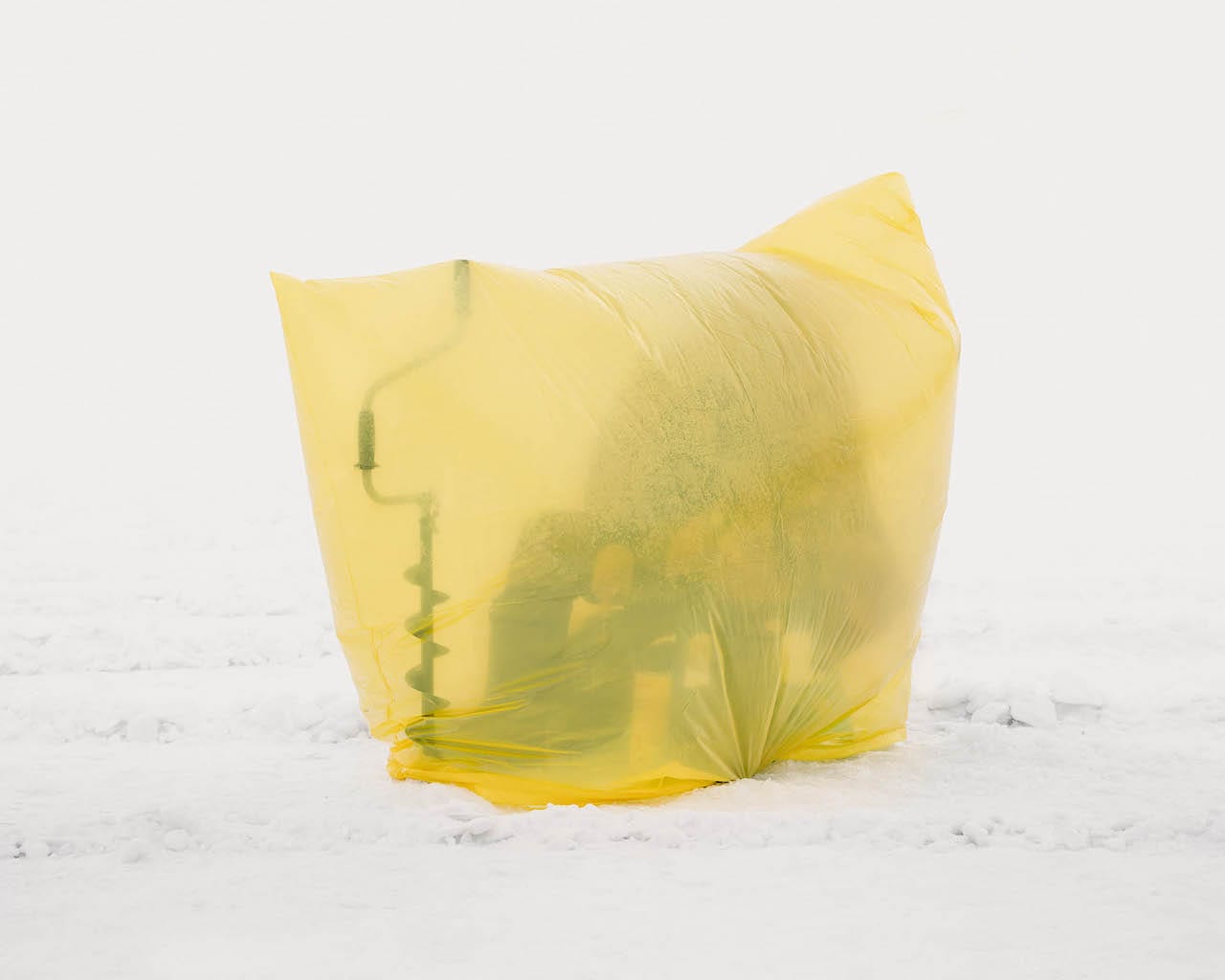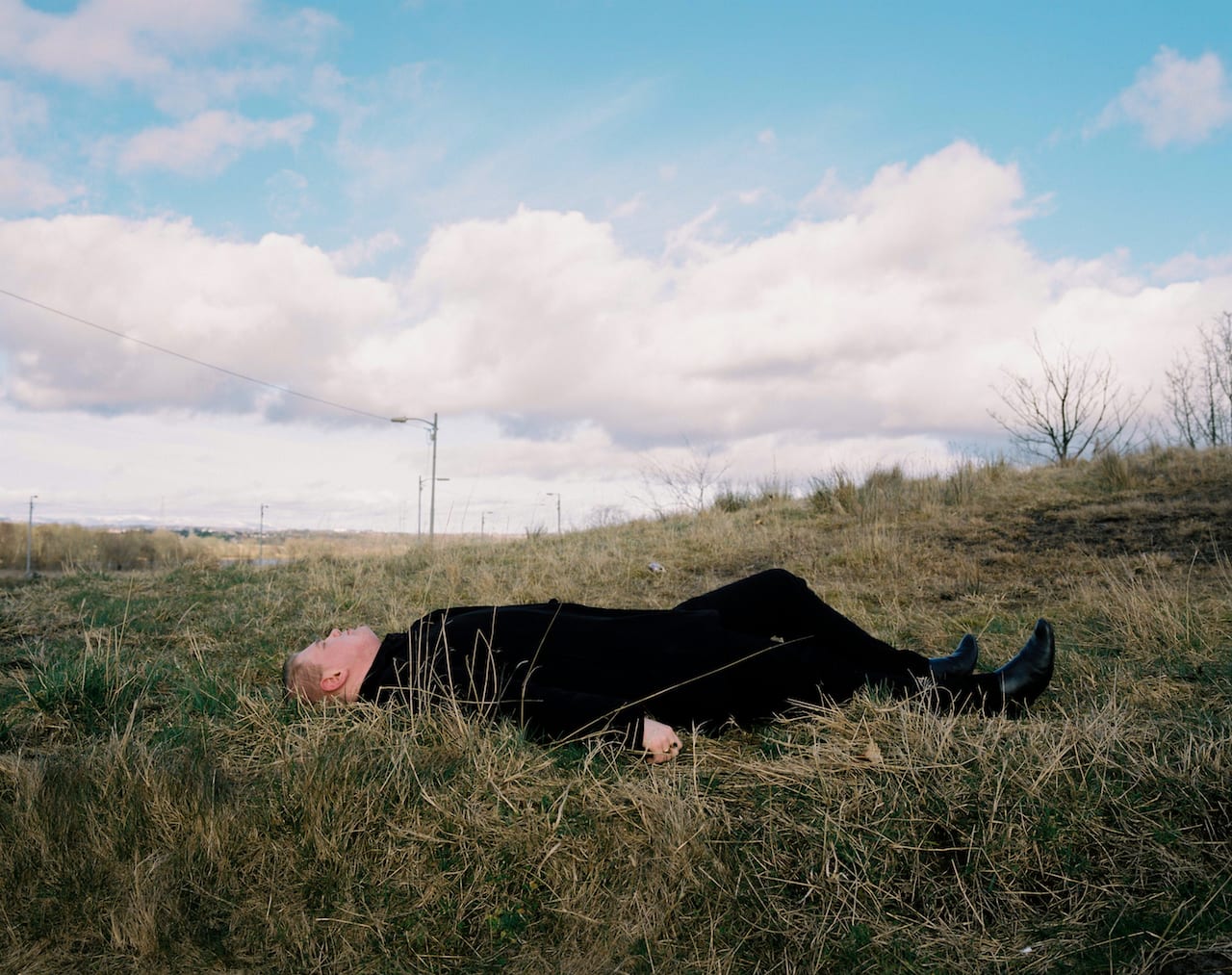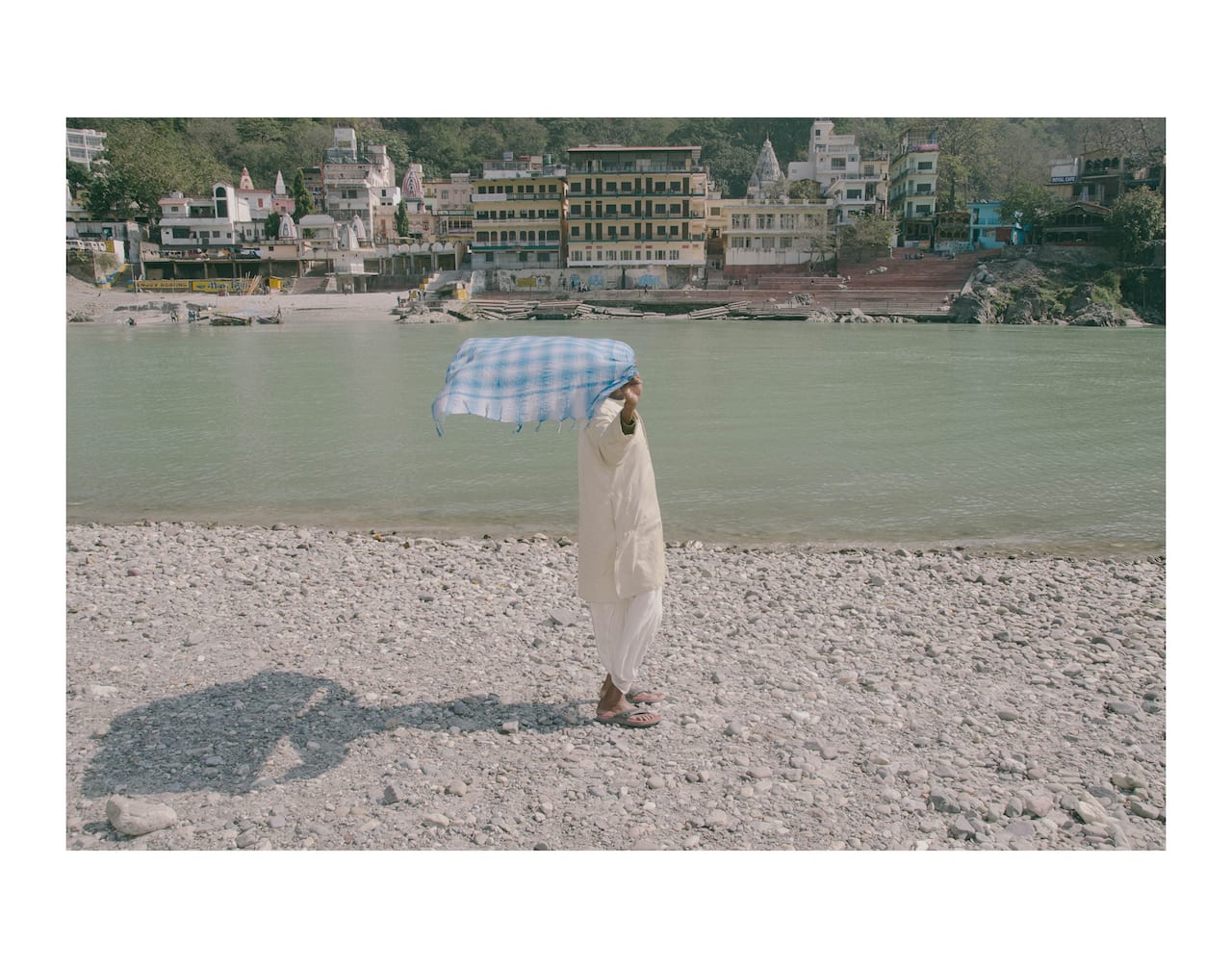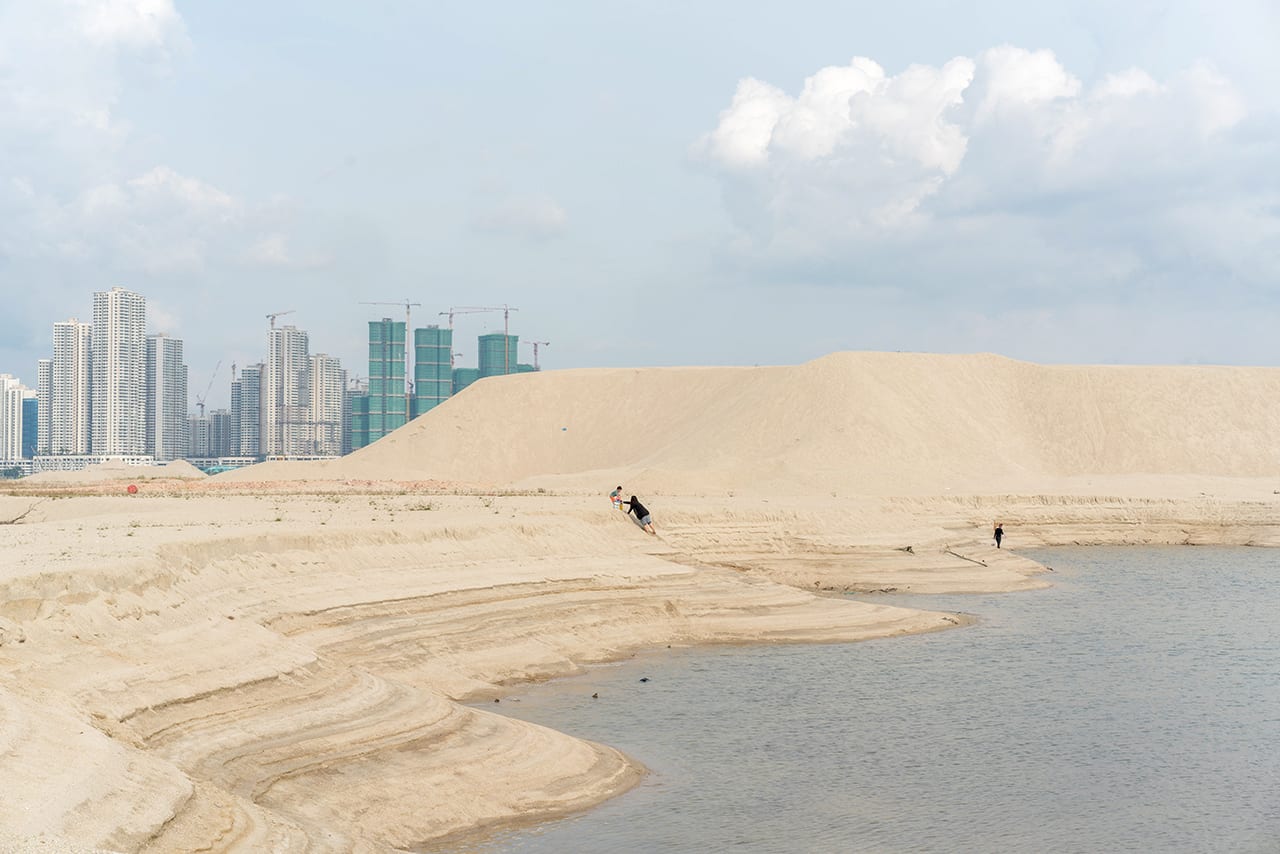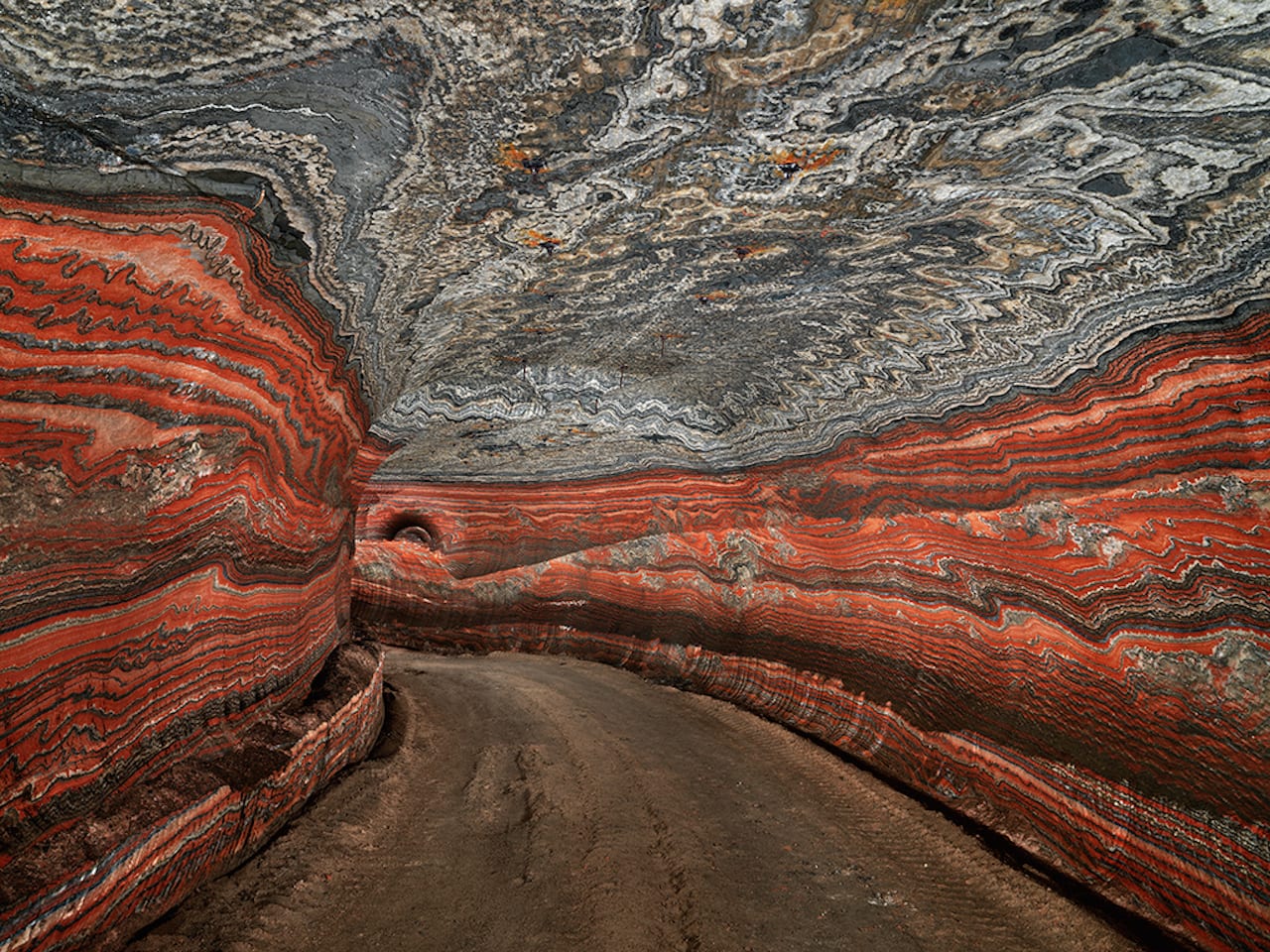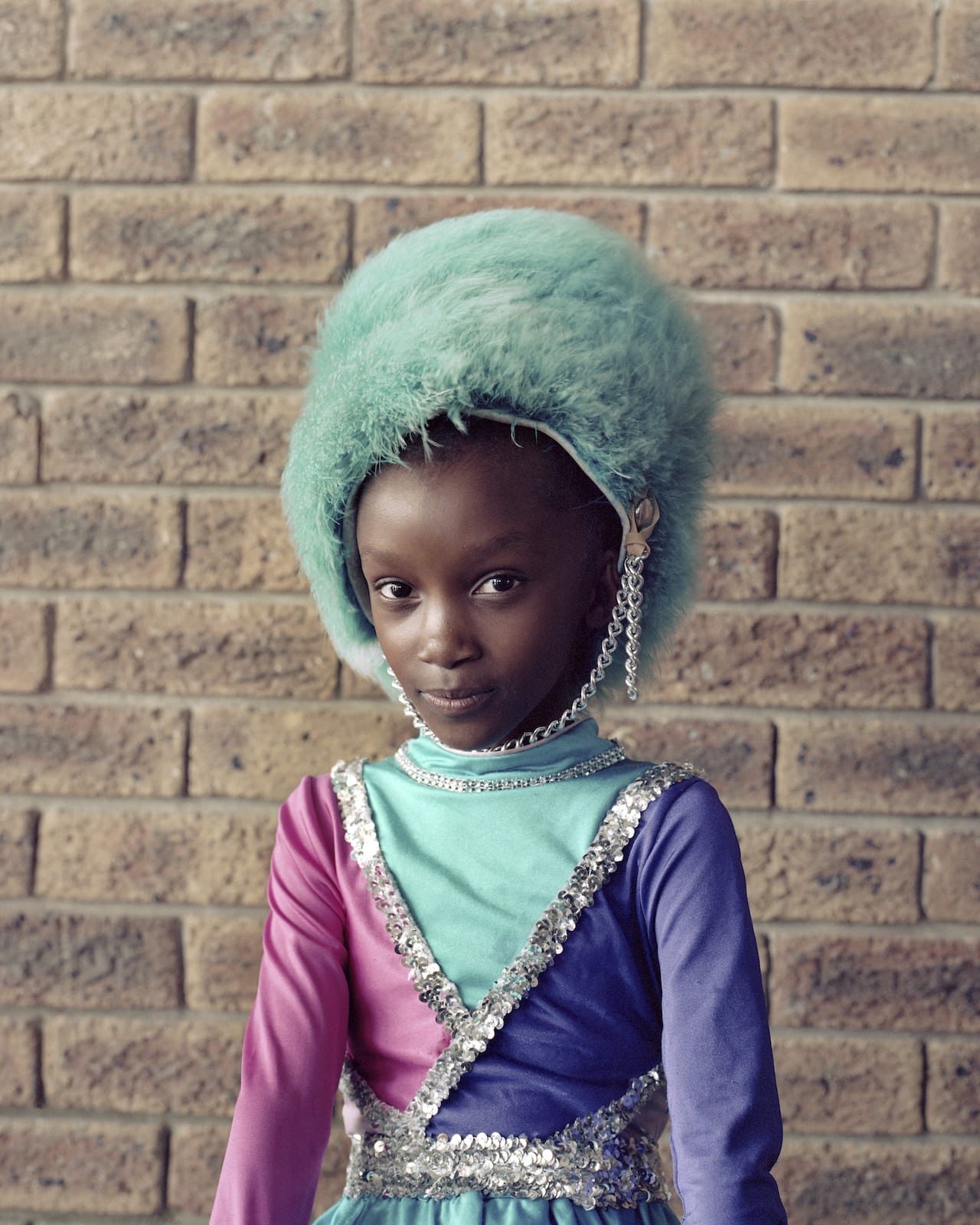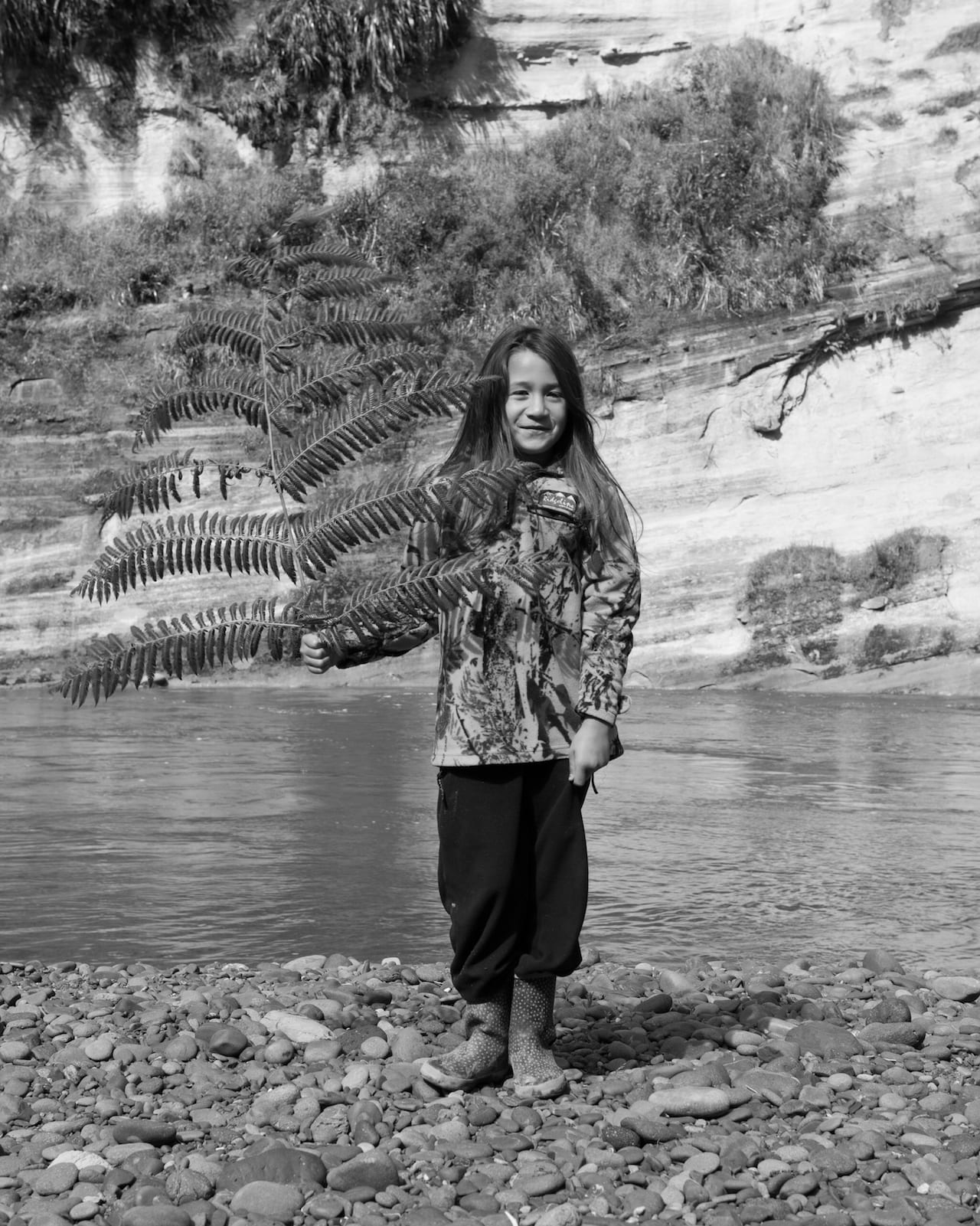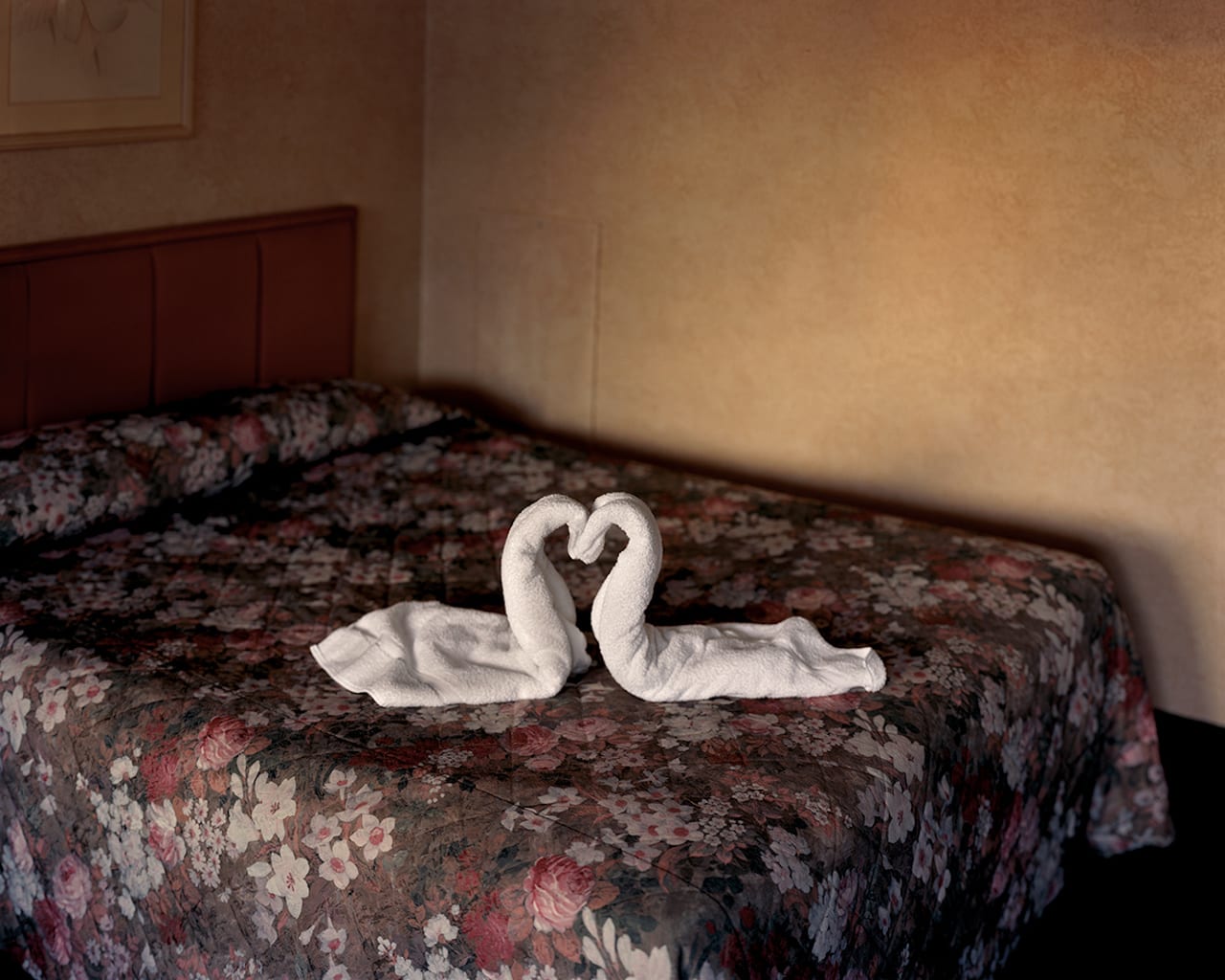During the winter months in Kazakhstan’s capital city, Astana, fishermen park up on the frozen Ishim river, hoping for a bite beneath the ice. The tradition goes back for generations, back to when Astana was a small rural farming village, not the high-rise, futuristic city it is today.
When the country was part of the Soviet Union, fishing equipment was standardised and sold only at government-run hunting shops. But since the collapse of the USSR in 1991, the fishermen have been constructing their own customised fishing tents, sewn together out of plastic packaging found in the city’s markets.
Aleksey Kondratyev’s new book, Ice Fishers, examines the use of this salvaged material, mostly originally used to import Western, Chinese, and Russian goods, as a means of protection against the harsh weather conditions. Kondratyev, who has lived in America for most of his life, but is originally from Kyrgyzstan, first saw the fishermen when he travelling through Central Asia in 2015 for his project Formations. “I wasn’t sure what they were, but as I got closer I could make out what was going on,” he says.

